Growing Demand for Aesthetic Services
The aesthetics market in the GCC is experiencing a notable surge in demand for various aesthetic services. This trend is driven by an increasing awareness of personal grooming and beauty standards among consumers. The market is projected to grow at a CAGR of approximately 10% from 2025 to 2030, indicating a robust expansion. Factors such as rising disposable incomes and a youthful population are contributing to this growth. Additionally, the influence of social media platforms in shaping beauty ideals cannot be overlooked, as they encourage individuals to seek aesthetic enhancements. This growing demand is prompting service providers to diversify their offerings, thereby enhancing competition within the aesthetics market.
Regulatory Developments and Industry Standards
The aesthetics market in the GCC is increasingly shaped by regulatory developments aimed at ensuring safety and quality in aesthetic procedures. Governments are implementing stricter guidelines and standards for practitioners and clinics, which is fostering consumer trust. This regulatory environment is likely to enhance the credibility of the aesthetics market, encouraging more individuals to seek treatments. Compliance with these regulations may also lead to improved training and certification for practitioners, thereby elevating the overall quality of services offered. As the market matures, adherence to these standards will be crucial for sustaining growth and maintaining consumer confidence in the aesthetics market.
Rising Awareness of Mental Health and Self-Care
There is a growing recognition of the connection between mental health and physical appearance, which is influencing the aesthetics market in the GCC. Consumers are increasingly viewing aesthetic treatments as a form of self-care that contributes to their overall well-being. This shift in perception is leading to a rise in demand for aesthetic services, as individuals seek to enhance their self-esteem and confidence. Market data suggests that approximately 60% of consumers in the region consider aesthetic treatments as essential to their self-care routines. This trend is encouraging service providers to offer tailored solutions that address both physical and psychological needs, thereby expanding their reach within the aesthetics market.
Influence of Cultural Norms and Beauty Standards
Cultural factors significantly impact the aesthetics market in the GCC, where traditional beauty standards often dictate consumer preferences. The region's diverse population brings a variety of beauty ideals, which influences the types of aesthetic services in demand. For example, there is a notable preference for treatments that enhance facial features, such as rhinoplasty and lip fillers. This cultural inclination is driving clinics to adapt their offerings to meet local expectations. Furthermore, as societal norms evolve, there is a growing acceptance of aesthetic procedures, which is likely to further stimulate market growth. Understanding these cultural dynamics is essential for stakeholders in the aesthetics market.
Technological Advancements in Aesthetic Procedures
Technological innovations are playing a pivotal role in transforming the aesthetics market in the GCC. The introduction of advanced equipment and techniques, such as laser treatments and minimally invasive procedures, is enhancing the efficacy and safety of aesthetic services. For instance, the use of artificial intelligence in treatment planning and patient management is becoming increasingly prevalent. This not only improves patient outcomes but also streamlines operational efficiencies for clinics. As a result, the market is witnessing a shift towards more sophisticated and effective treatment options, which is likely to attract a broader clientele. The integration of technology is thus a key driver of growth in the aesthetics market.


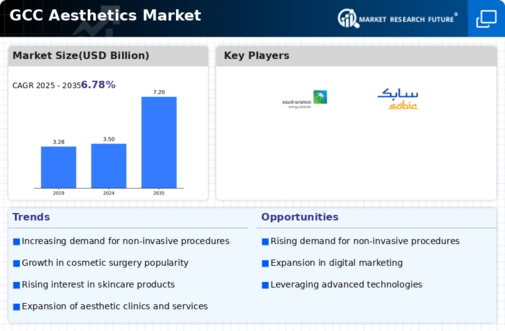
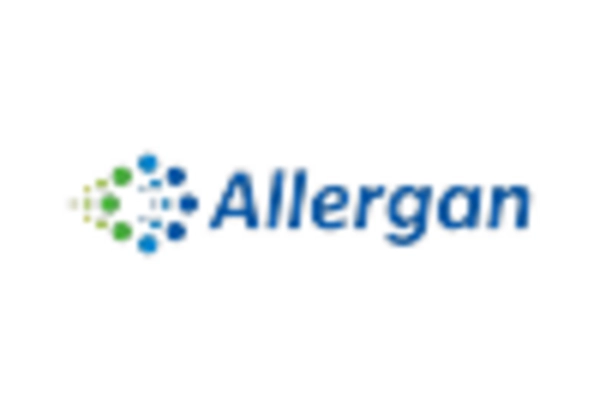
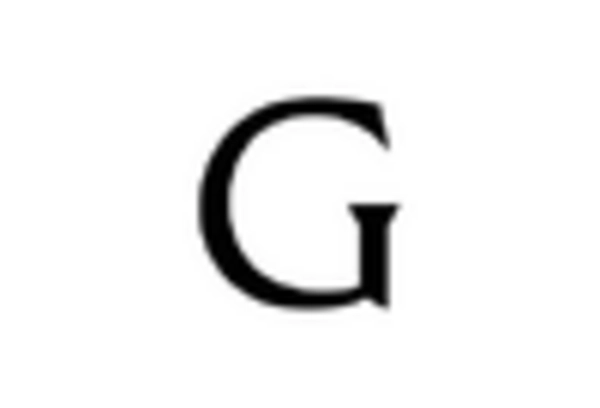
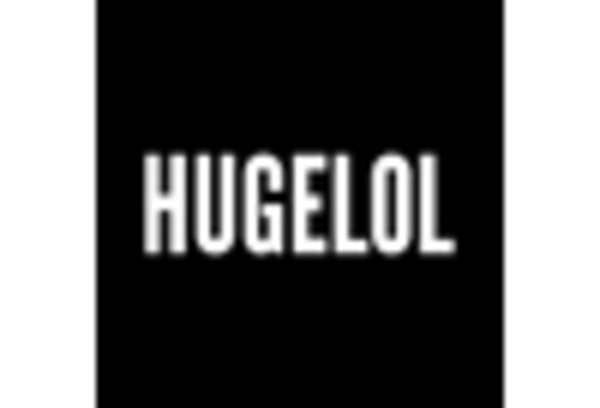
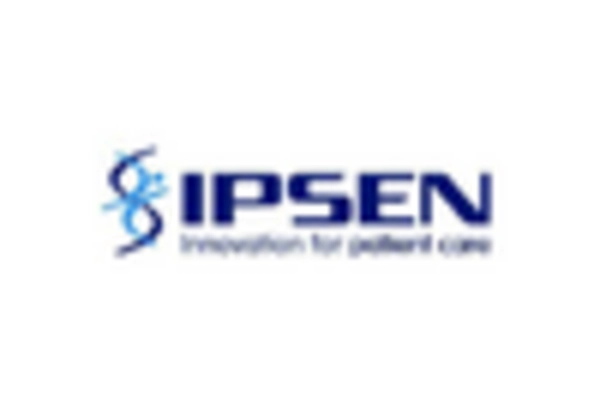
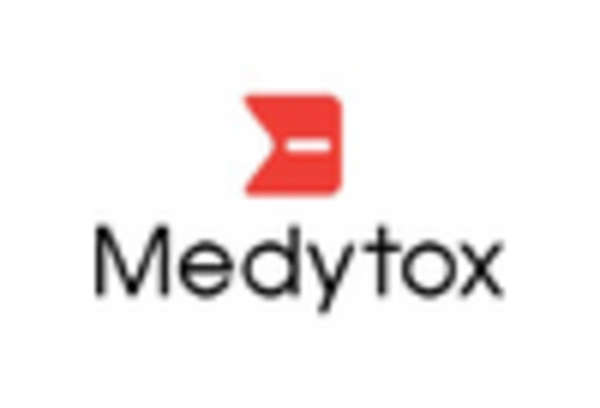
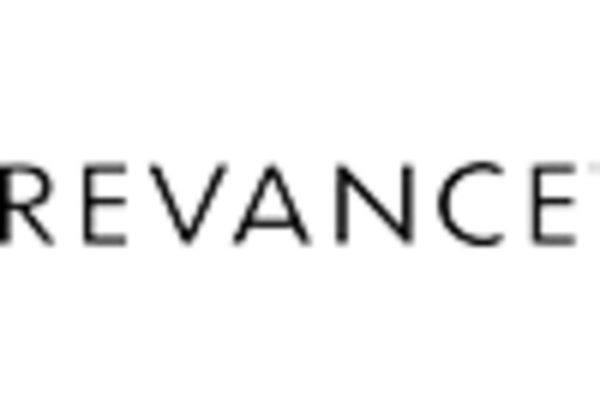








Leave a Comment